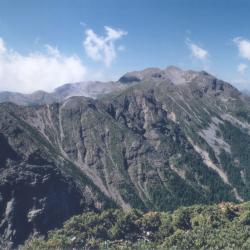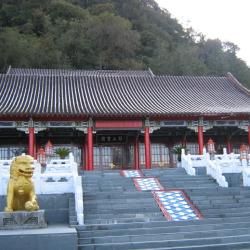The Pyanan Historic Trail, which runs through Datong Township in Yilan County and Ren'ai Township in Nantou County, was built in 1918. The trail is about 120 km long and starts from Zhuoshui in the north and reaches Wushe in the south. It is one of the six historic tribal trails that run from north to south.
The Pyanan Historic Trail used to be a passage for the Atayal tribes to travel between north and south until the Japanese occupation. For transportation and control purposes, the Government-General in Taiwan began rebuilding this trail, which also made the trail into a passage for relocating and regulating Atayal and Sediq tribes.
Today, most sections of the Pyanan Historic Trail have been rebuilt into Central Cross-island Highway Provincial Highway 7 and Nantou 89 Line. The only historic trail that still remains today are in Lishan Anpu and Siyuan Yakou.
- - / -
- - - -
- -
- -/-
- -

